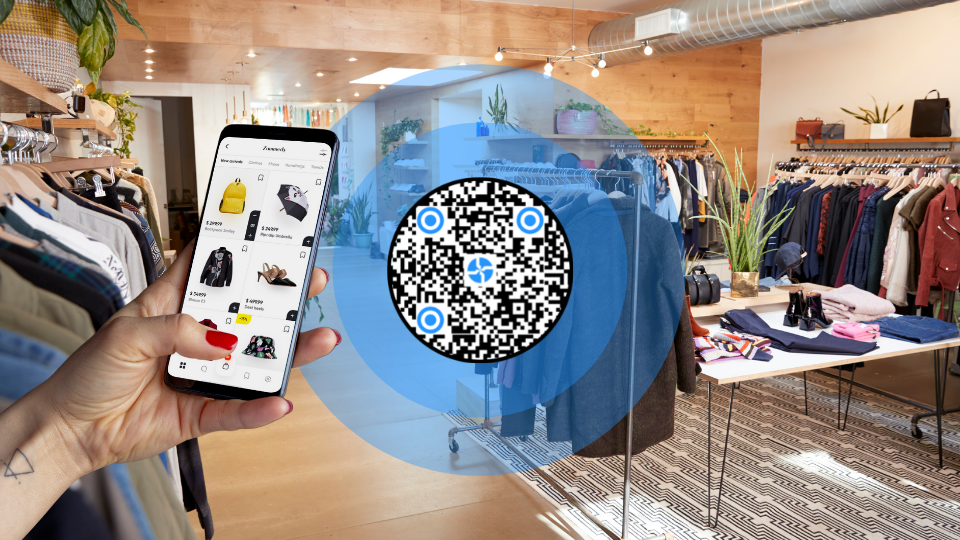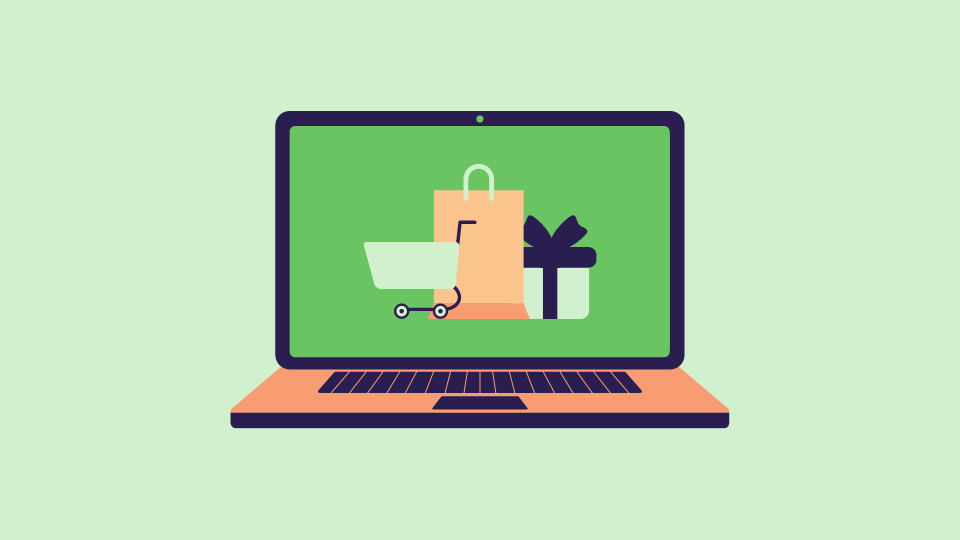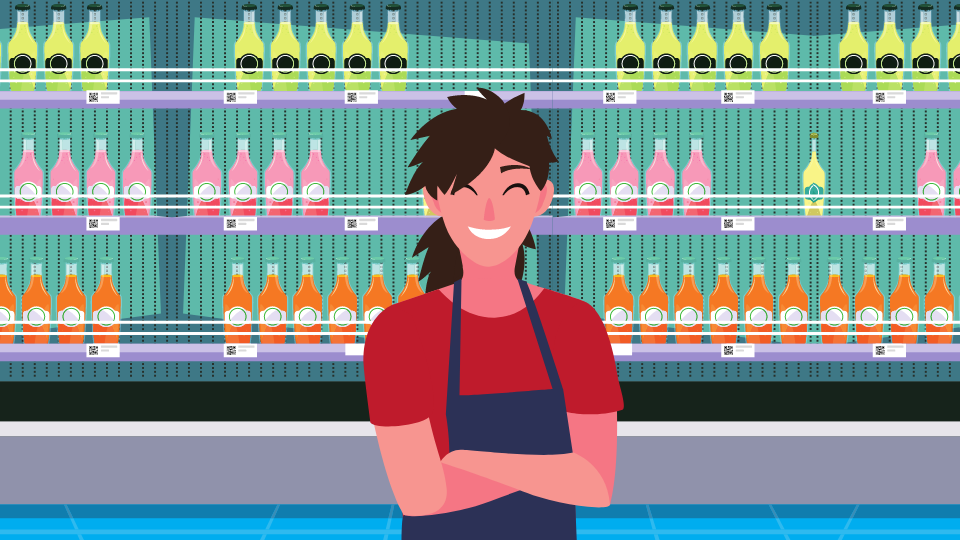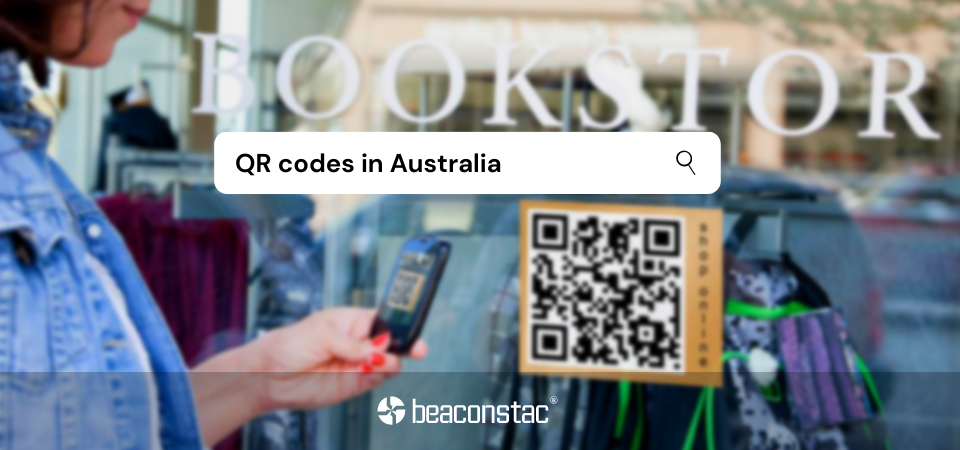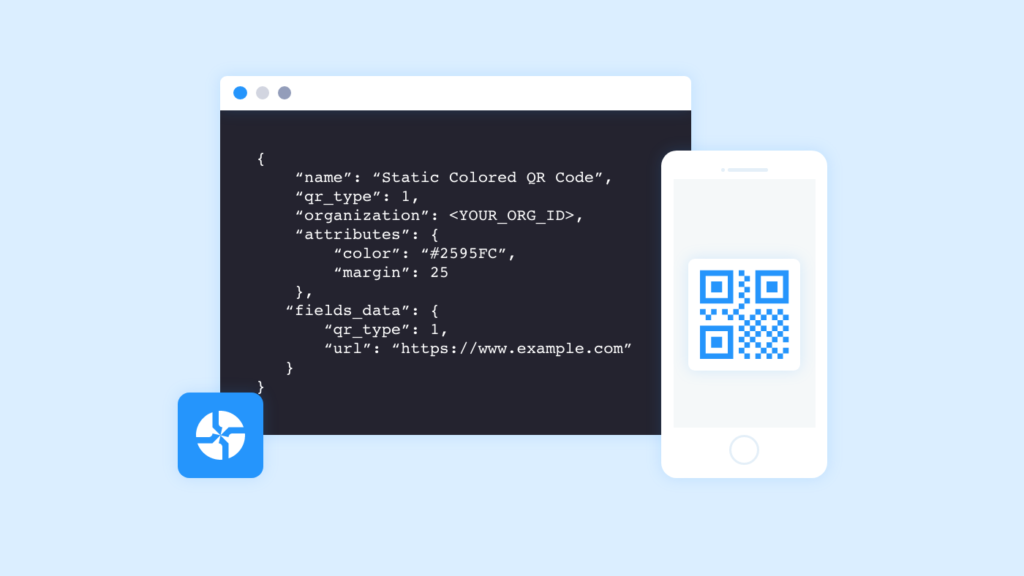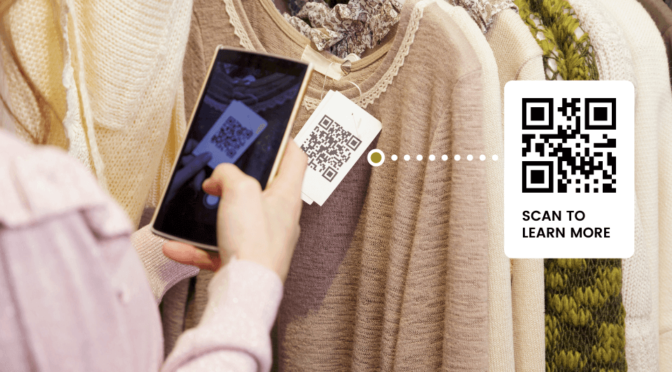In the retail ecosystem, brick-and-mortar stores are the heart and soul of the CPG sector. It makes up over 80% of the sector’s total sales and a physical presence of over 15 million outlets.
Effective utilization of physical space is imperative to any retail business’s success.
Ultimately, retailers pay for space, occupy the empty space, and help customers decide with easy navigation before making a purchase.
Shabbily organized retail stores miss out on nearly $1 trillion in sales because they don’t have what their customers need.
This is where planograms for retail come into play.
Planograms help retailers meticulously plan the proper usage of space and gather data to improve smarter merchandising choices that boost in-store sales.
For several retail planning professionals, it’s their most valued secret weapon.
Typically, retail professionals turn to planogram software tools that range from a few hundred dollars to thousands of dollars to categorize shelf space to assist customers in their purchase decisions.
QR Codes for planograms are not only cost-effective but also help retailers achieve similar results as planogram software.
What is a planogram?

A planogram is a visual representation of products displayed within a retail store. According to Merriam-Webster, a planogram is “a schematic drawing or plan for displaying merchandise in a store to maximize sales.”
Planograms are essential to maximize sales and optimize space efficiently.
In addition to adding a visual display of a store, such as a store’s aisles, POS, and product displays, a planogram also points the customer to the exact location of where a product might be placed.

Using simple tools such as QR Codes for planograms is essential for businesses that deal with products, space, and people to enhance the shopping experience when browsing a product category.
A planogram is typically helpful for both big-box retailers that carry several products such as supermarkets, clothing stores, and even beauty outlets from many suppliers.
A planogram is also known as –
- Shelf space plan
- POG
- Space plan
- Schematics
How to create a QR Code for a planogram
To create a QR Code for a planogram, follow these steps –
- Go to Uniqode’s QR Code generator and log in to the dashboard
- Choose the type of QR Code
- Fill in the details of the QR Code
- Customize the QR Code to change the pattern, including a logo, brand colors, and switching on the toggle for advanced customization to make the best out of the QR Code
- Generate and test the QR Code before printing it
- Download the QR Code in of the formats – PNG, SVG, or PDF
6 reasons why retailers should leverage QR Codes for planograms
#1 Showcase better-related product positioning on the shelves

Visual merchandising or planograms help in deciding the positioning of products in a retail environment.
A planogram’s numerical pattern technique helps define the shelf space and product placement to help customers get what they want quickly.
When customers step into a store, they typically want to purchase the product they need at the earliest, and a long search of the product is a sure-shot way of losing customers.
A planogram will suffice this requirement of appropriate product placement.
Leveraging QR Codes for planograms will help store employees understand the exact placement of products and their positioning by simply scanning the QR Code with a visual chart.
In addition, it also helps employees place similar products next to each other to assist customers in their buying process by setting the right combination of products in the right place.
#2 Obtain more value from data

Retailers without the right planogram tools struggle to get any value from their POS data.
Although the data is present, retailers usually fail to obtain or analyze the complete data since it’s isolated.
Data plays a vital role in acquiring the correct information to compete well with competitors and provide the best value to customers.
To overcome the challenge of obtaining more value from the data, retailers can combine their sales data with retail space data by using QR Codes via planograms.
There are two significant ways that retailers can obtain their data to gain greater control and understand its real value –
- By combining POS data with inventory data to gauge and understand real-time movements at the line item detail level.
- By combining POS data with retail space data to analyze movements at the store level.
Leverage the power of QR Codes by tracking granular data embedded on retail shelves seamlessly.
#3 Better knowledge of shelf space performance

To obtain more value from data, retailers need to understand their shelf space performance better.
Retailers who do not use data-driven planograms have no way of analyzing their shelf space performance to implement changes, withdraw the product, or even shuffle the space.
If retailers do not gauge how well a product is performing on the shelf, how do they justify whether or not to allocate more space to the product?
Switching to QR Codes and an appropriate planogram plan helps retailers to overcome this challenge in allocating sufficient space to products based on their sales data.
Planograms are essential to examine shelf space performance data to exploit the full potential of the data to improve shelf space efficiency.
#4 Overcome product layout inconsistencies

When retailers do not use planograms, they run into the risk of having product layout inconsistencies throughout the store.
Irregular product placement and layout inconsistencies affect the brand’s identity and confuse their customers who expect to find a similar layout irrespective of the store they visit.
Brick and mortar retailers can subdue product layout inconsistencies via planograms and QR Codes by centralizing their space planning management straight from the inventory.
This results in consumers experiencing a similar layout no matter which store they visit by reducing confusion, leading to lower customer retention rates.
Retailers can scan the QR Code for planograms to create a foundation for consistent products on how they sell and how they are arranged in retail store space.
Having consistent shelf layouts significantly impacts how customers perceive the brand image and directly links to their shopping experience.
#5 Well executed and timely replenishments

What’s worse for a customer – to find an empty shelf or to find the usually dedicated spot filled with another product?
According to Retail Dive, shoppers encounter out-of-stocks as often as one in three shopping trips.
An out-of-stock shelf situation includes empty shelves, which was encountered by at least 32% of shoppers, failure to find staff to assist them (16%), and found staff but not the product (17%), amongst other reasons.
Retailers can help retain their customers by leveraging historical data with information on supply days, sales history, and inventory with the help of planogram QR Codes to know when a product runs out and when they arrive next beforehand.
By switching to planograms, retailers can ensure that they’re never left with empty gaps on the shelves and thus, help customers more efficiently.
#6 Improve the knowledge of in-store staff
Retail staff is typically involved in placing or shifting products from one shelf to another.
When a planogram is deployed to improve in-store product placement on the shelves, the staff becomes increasingly well-versed with information about each product category and how to improve in-store engagement with customers.
QR Codes for planograms can further enhance the staff’s knowledge of product arrangement by making it interactive and easy to manage the inventory for the store staff.
This also helps them in dealing with customer queries without any hassle.
Maximize retail sales with QR Codes for planograms
Planograms are the most effective way to make the best out of every inch of the physical retail space.
By integrating planogram software with QR Codes, retailers can easily maximize sales with better visual merchandising, bulk product data, better product placement, and retrieve compliance data to analyze shelf performance.
In a nutshell, if utilized correctly, planograms have the power to revolutionize retail merchandising to grab customers’ attention easily.
-
With brands expanding their presence on omnichannel platforms to reach more audiences, learn how QR Codes help brands sync their online and offline marketing strategies to close the loop seamlessly.
-
Trying to build a loyalty program for your brand? Look no further! Check out this complete guide on the best customer loyalty platforms to help pick the best one and foster long-term brand loyalty effectively.
-
Struggling to improve in-store sales and shelf performance rate for your brick and mortar retail store? QR Codes for planograms are the answer you’re looking for.
-
Looking for a design software that fits your requirements? Check out this detailed guide on product packaging design tools with helpful information on how to create an effective packaging design.
-
What led to the surge in the usage of QR Codes in Australia? Is it because of contact tracing or payments? What does the future hold? Let’s find out.
-
Want to know how to add a QR Code API to your app without complex troubleshooting? Read to find out!





